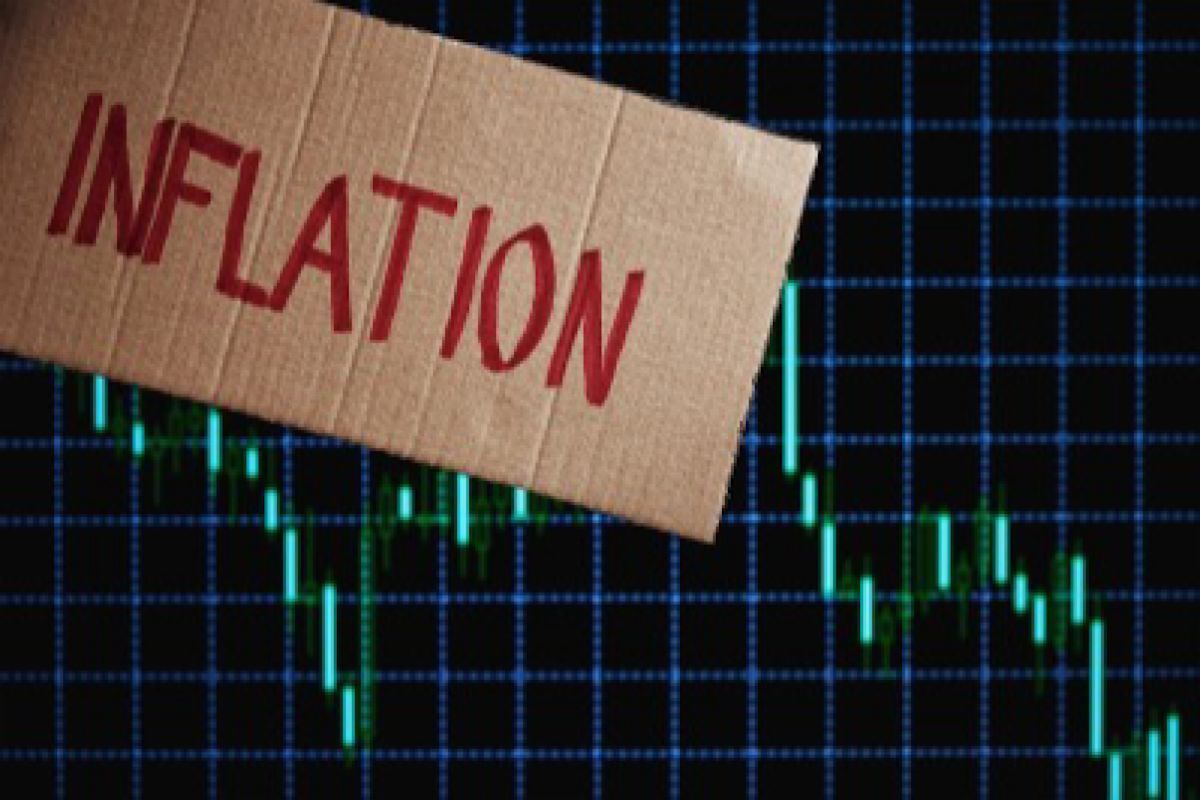India’s retail inflation easing to a five-month low of 4.31 per cent in January presents a significant moment for economic policy. With food prices moderating and inflation coming in lower than expected, the latest figures offer a rare balance between price stability and economic stimulus. However, the moment demands careful handling. While it creates space for further rate cuts and policy interventions, risks remain on the horizon. A key driver for the softening inflation is the moderation in food prices.
Vegetables, which saw a steep rise of 26.6 per cent in December, grew at a much slower pace of 11.35 per cent in January. Pulses and cereals showed a downward trend in price growth. This can largely be attributed to improved winter harvests, which have stabilised food supply. However, the respite could be short-lived. The expected unseasonably warm temperatures in March could impact key crops like wheat, reversing some of these gains. If climate variability continues to affect agricultural output, food inflation could once again exert pressure on household budgets. From a policy perspective, the Reserve Bank of India (RBI) now has an interesting dilemma. It recently cut its key policy rate for the first time in nearly five years to spur economic activity, and the latest inflation numbers could increase the likelihood of another cut.
Advertisement
Lower borrowing costs encourage investment and consumption, two crucial engines of growth. But monetary easing comes with its own set of risks. If inflation picks up again due to supply-side shocks or external factors, the central bank could find itself in a tight spot, balancing price stability with growth. The government’s recent income tax cuts are another piece of the puzzle. By reducing tax burdens, the move aims to boost disposable income and private consumption. The combination of lower interest rates and higher disposable income could create a favourable environment for growth. However, the question remains: Will consumers actually spend more, or will they choose to save, given broader economic uncertainties? The answer will determine whether the current policy mix achieves its intended effect.
Another factor that cannot be ignored is the global economic landscape. Unpredictable energy prices, geopolitical tensions, supply chain disruptions and a man named Donald Trump could influence inflation trends in ways that domestic policies alone cannot counter. With inflation projected to average 4.8 per cent this fiscal year before easing to 4.2 per cent next year, India is still within the RBI’s target range. But external shocks could easily push inflation beyond the central bank’s comfort zone, complicating future policy decisions. The path ahead requires vigilance. The recent inflation relief should not lead to complacency. Instead, it should be seen as an opportunity to fine-tune policy measures ~ ensuring that price stability, economic growth, and financial resilience remain in balance. While the numbers bring optimism, the underlying risks demand preparedness. The coming months will test the ability of policymakers to maintain this delicate equilibrium
